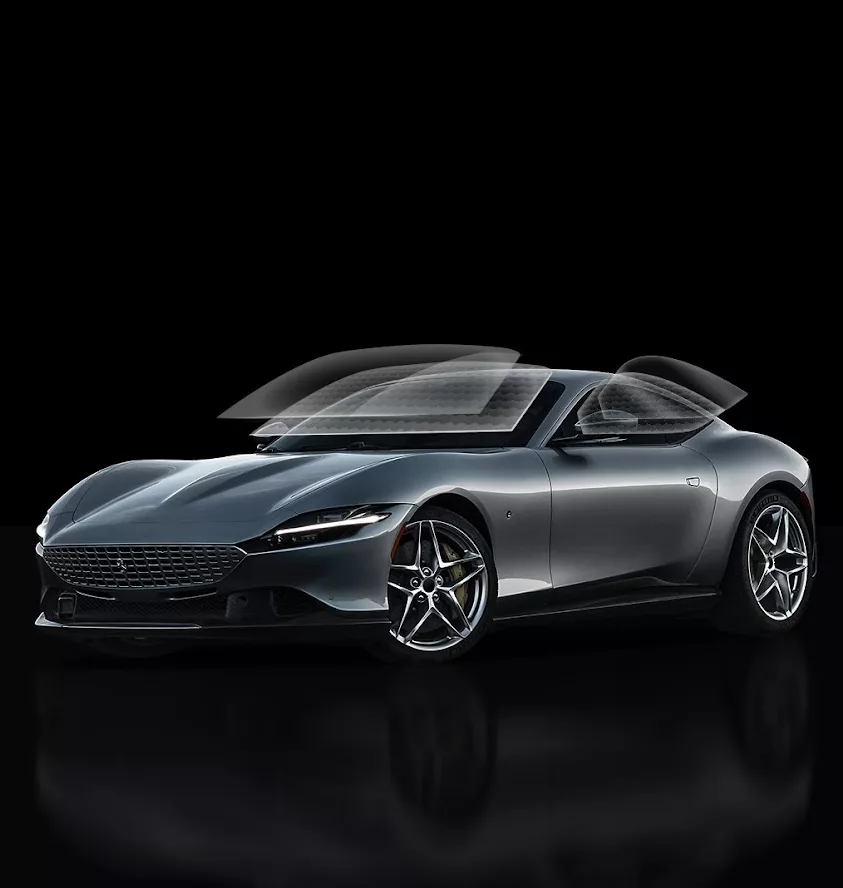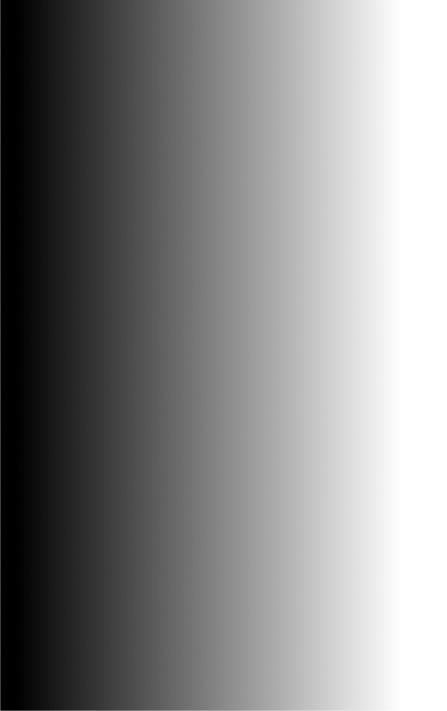Ceramic Window Film vs Standard Window Film: What’s the Difference?
Ceramic Film vs Standard Film: What You Need to Know Before Tinting
Choosing the right window film is about more than just looks. Whether you’re upgrading your car, home, or office windows, the type of tint you select has a big impact on comfort, protection, and long-term value. Among the most common types are standard films, like dyed or metallic, and premium ceramic films. But what really sets them apart?
In this comprehensive guide, we compare ceramic film vs standard film to help you make the best choice for your needs. We’ll explain how each works, what benefits they offer, and why ceramic films, like those from TERMINAX, are becoming the go-to option for people who want top-level performance and long-lasting results.

What Is Standard Window Film?
Standard window film typically refers to dyed or metallic tints, which have been around for decades and are still widely used due to their low cost and basic performance features.
Dyed films are made by applying a dye layer between the adhesive and polyester layers. These films work by absorbing solar energy, reducing some glare and heat. They’re often chosen for their affordability and quick installation.
Metallic or metallized films incorporate small metal particles that reflect sunlight. These films offer better heat rejection than dyed films and are more durable. However, they can create signal interference for electronic devices like GPS, cell phones, and radios.
While standard films provide basic solar control and enhanced privacy, they come with limitations:
- They tend to fade or discolor over time
- Lower effectiveness in blocking infrared heat
- Shorter lifespan compared to premium films
- Possible interference with signal reception (metallic films)
- Limited UV blocking performance
Standard films are best suited for budget-conscious users who want basic tinting without advanced protection.
What Is Ceramic Window Film?
Ceramic window film is a newer, more advanced technology that uses nano-ceramic particles embedded in multiple layers of film. These particles are non-metallic and non-conductive, meaning they do not block electronic signals and remain optically clear.
Unlike standard dyed or metallic films, ceramic films reject heat and UV radiation without relying on color or reflectivity. This makes them ideal for maintaining natural window appearance while delivering superior performance.
Key benefits of ceramic window film include:
- Blocks over 99 percent of harmful UV rays
- Reduces infrared heat for a cooler interior
- Maintains high visibility and optical clarity
- Does not fade or bubble over time
- Safe for use with all electronic devices
- Scratch-resistant and durable
TERMINAX ceramic films are engineered for vehicles, homes, and commercial buildings to offer a premium solution that lasts for years without compromising on comfort or style.
Ceramic vs Standard Film: Side-by-Side Comparison
| Feature | Standard Film (Dyed) | Ceramic Film (TERMINAX) |
| Heat Rejection | Low (10–30%) | High (50–80%) |
| UV Protection | Moderate (up to 50–60%) | Excellent (up to 99%) |
| Glare Reduction | Good | Excellent |
| Signal Interference | None | None |
| Visibility | Often darker, less clear | Very clear, even at high tint levels |
| Durability | 2–5 years | 10+ years |
| Price | Budget-friendly | Premium-tier |
As you can see, ceramic film outperforms standard dyed film in almost every category, especially in long-term comfort and protection. TERMINAX ceramic films are ideal for anyone who wants to maintain the integrity of their vehicle or property with a high-quality, low-maintenance solution.
When to Choose Ceramic Film
Ceramic film is the go-to option for drivers, homeowners, or business owners who want long-lasting, high-performance tinting. It’s particularly suitable if you:
- Live in a region with intense sun exposure or high temperatures
- Spend long hours in your vehicle, especially during summer
- Want to protect upholstery, dashboards, and electronics from fading
- Are sensitive to heat or UV rays
- Prefer a premium, non-reflective finish with no color shift
- Value performance over short-term savings
Whether you’re tinting your car, home, or office, TERMINAX ceramic films deliver a perfect blend of function and form.
When to Choose Standard Film
Standard film still has its place, especially for budget-conscious users or those looking for short-term or cosmetic benefits. Consider standard dyed film if:
- You’re tinting on a tight budget
- You need a temporary tinting solution
- You live in an area with mild sun and climate conditions
- Aesthetic improvement is your primary goal
However, keep in mind that you may need to re-tint sooner due to fading or wear, so the upfront savings may not always mean better value long-term.
Why Choose TERMINAX Ceramic Film
TERMINAX offers a full range of ceramic films engineered for maximum performance and durability. Whether you’re looking to reduce heat inside your car, protect your home’s interior from UV damage, or enhance comfort in a commercial space, TERMINAX Ceramic-X™ Window Film delivers the results you expect from a premium product.
With features like advanced heat rejection, 99 percent UV blocking, optical clarity, and long-lasting adhesion, TERMINAX ceramic film is trusted by professionals and DIY users alike.
Final Thoughts
Ceramic window film offers clear advantages over standard films in almost every category, from heat and UV protection to signal compatibility and overall durability. While it may come at a higher initial cost, the benefits in performance and lifespan more than justify the investment.
If you’re serious about comfort, safety, and protecting your vehicle or property, ceramic film is the superior choice. And with TERMINAX ceramic film, you get industry-leading technology that ensures you never have to compromise between appearance and performance.
Explore the full range of TERMINAX ceramic window films and make the switch to a smarter, cooler, and more protected window tinting solution.


